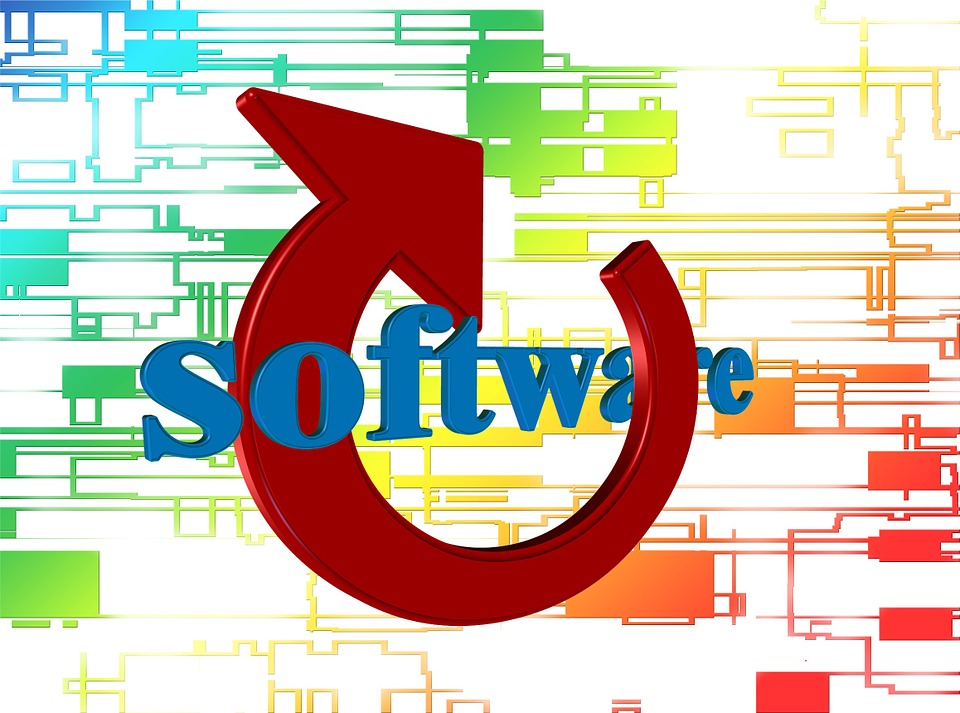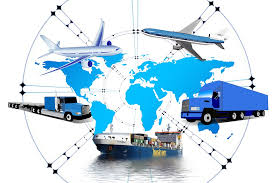QR Codes and Augmented Realities: Tech Features in Next-Gen Passports
The world is evolving, and so are our passports. With the advent of technology, next-generation passports are incorporating innovative features to enhance security, convenience, and the overall travel experience. Forget the basic photo 2×2; nowadays things are different. Among the advancements, QR codes and augmented realities (AR) emerge as game-changers. In this blog post, we will explore how these tech features are revolutionizing passports and what benefits they bring to the table.
Enhanced Security
QR codes have become a common sight in various industries, including passports. These scannable codes provide an additional layer of security, allowing border control officers to verify the authenticity of the passport quickly. Through encrypted information stored within the code, officials can access details such as biometric data, travel history, and visa information. This feature helps detect fraudulent passports and safeguards against identity theft and unauthorized access.
Streamlined Check-ins and Immigration Processes

Gone are the days of flipping through endless pages of your passport to locate the right visa or entry stamp. With QR codes integrated into passports, immigration processes are becoming more seamless and efficient. Travelers can now scan their passports at self-service kiosks or mobile apps, reducing queues and speeding up check-in procedures. This technology also enables automated border control systems, where travelers’ passports are scanned and verified electronically, minimizing human intervention and saving time.
Access to Real-Time Travel Information
Augmented Reality (AR) is taking the travel experience to new heights. By scanning the QR code embedded in next-gen passports, travelers can unlock a wealth of real-time information. AR applications can provide interactive maps, translations, local recommendations, and even virtual tours of popular tourist attractions. This immersive experience enhances travelers’ understanding of their destinations, making their journeys more enriching and memorable.
Emergency Assistance and Alerts
Next-gen passports equipped with QR codes and AR capabilities enable authorities to provide emergency assistance and alerts to travelers in real time. In times of natural disasters, political unrest, or public health emergencies, governments can send vital information, evacuation procedures, safety advisories, and contact details directly to travelers’ mobile devices through associated apps. This feature ensures that travelers stay informed and receive timely guidance, promoting their safety and well-being.
Sustainability and Reduced Paper Waste

In an era striving for sustainability, incorporating QR codes and AR into passports contributes to reducing paper waste. By digitizing certain visa pages and essential travel information, travelers can access these details via mobile devices instead of carrying physical copies. This shift not only reduces the use of paper but also lightens the load of passports, making it more convenient for frequent travelers.
QR codes and augmented realities are transforming next-gen passports into powerful tools that enhance security, streamline processes, and enrich the travel experience. The integration of technology enables faster and more efficient immigration procedures, improved access to real-time information, and increased safety measures. Furthermore, these tech features align with global sustainability efforts by reducing paper waste. As we embark on a digitally driven future, it is clear that passports have evolved from traditional identification documents into innovative and dynamic travel companions that pave the way for smoother, safer, and more memorable journeys.



 You should note that industry 4.0 is not only about investing in new tools and technology to improve manufacturing efficiency. Rather it is about revolutionizing the way businesses grow and operate. Ideally, industry 4.0 spans across the complete life-cycle of a product and the supply chain. Every stakeholder shares informed, up-to-date information on business and production business. These are Five impactful initiatives to catch up with industry 4.0 leaders. The following are some benefits of adopting an industry 4.0 model.
You should note that industry 4.0 is not only about investing in new tools and technology to improve manufacturing efficiency. Rather it is about revolutionizing the way businesses grow and operate. Ideally, industry 4.0 spans across the complete life-cycle of a product and the supply chain. Every stakeholder shares informed, up-to-date information on business and production business. These are Five impactful initiatives to catch up with industry 4.0 leaders. The following are some benefits of adopting an industry 4.0 model. If potential issues are left without being addressed, they are likely to become big problems. Real-time data, predictive analytics, automation, and internet-connected machinery can help you become more proactive as far as addressing and solving supply chain, and maintenance issues are concerned.
If potential issues are left without being addressed, they are likely to become big problems. Real-time data, predictive analytics, automation, and internet-connected machinery can help you become more proactive as far as addressing and solving supply chain, and maintenance issues are concerned.

